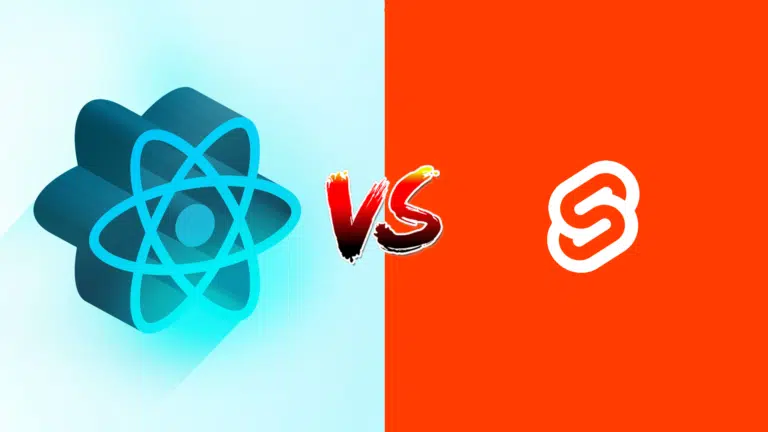React or Svelte... 🤔
 Bini Muuz
Bini MuuzTable of contents

React vs. Svelte: Choosing the Right Framework for Your Project
When building a web application, choosing the right framework can make or break your project. Developers often ask, “Which is better, React or Svelte?” Each has its strengths, and both are popular choices for creating fast, interactive web applications. In this article, we'll explore the key features, benefits, and drawbacks of React and Svelte, giving you the insights needed to choose the best option for your project.
What You’ll Learn
We'll cover what makes React and Svelte unique, including their performance, learning curve, and ecosystems. By the end of this article, you’ll have a clear understanding of each framework’s strengths and weaknesses, and how to choose the one that best fits your project needs.
---
React: The UI Library Giant
What Is React?
React is a JavaScript library created by Facebook for building user interfaces, especially single-page applications (SPAs). React's component-based approach means that you can create small, reusable UI pieces that manage their own state, which makes it easier to build complex, interactive apps.
Key Features of React
Component-Based Architecture: Lets you create reusable components, which can simplify development and make code easier to maintain.
Virtual DOM: React uses a virtual DOM, meaning it only updates parts of the actual DOM that have changed, improving performance.
JSX Syntax: React uses JSX, a syntax that combines HTML and JavaScript, making it easy to write components in a format similar to HTML.
Advantages of React
Rich Ecosystem: React has one of the largest ecosystems, with a wide range of libraries, tools, and plugins. This makes it suitable for many types of applications.
Strong Community Support: React has a massive community, so finding resources, tutorials, and solutions is easy.
Reusable Components: React’s component-based model allows you to reuse code across different parts of the application.
Drawbacks of React
Learning Curve: Although it’s easier than some other frameworks, React has a learning curve due to JSX and the need to learn additional tools (like Redux for complex state management).
Bundle Size: React can add a considerable amount of weight to an application, especially if you’re using additional libraries.
---
Svelte: The Lightweight Framework
What Is Svelte?
Svelte is a newer framework created by Rich Harris. Unlike React, Svelte doesn’t use a virtual DOM. Instead, it compiles your code to vanilla JavaScript at build time, resulting in smaller, faster applications.
Key Features of Svelte
Reactive Variables: Reactivity is built directly into Svelte, meaning you can create reactive variables without needing hooks or extra code.
Compiled Framework: Svelte compiles your components to native JavaScript at build time, eliminating the need for a virtual DOM.
Simplified Syntax: Svelte’s syntax is closer to plain HTML and CSS, making it easy to learn and reducing the need for extra tools.
Advantages of Svelte
Fast Performance: Because Svelte compiles to native JavaScript, it offers better performance and smaller bundle sizes compared to React.
Easy to Learn: Svelte has a gentle learning curve, making it suitable for beginners and those who want a simpler setup.
No Virtual DOM: With direct DOM manipulation, Svelte doesn’t need a virtual DOM, which can lead to faster updates.
Drawbacks of Svelte
Smaller Ecosystem: Svelte’s ecosystem is not as large as React’s, so there may be fewer resources and plugins.
Less Mature: As a newer framework, Svelte has less community support and fewer pre-built solutions compared to React.
---
Let's Compare React and Svelte
React is a powerful choice when you need an extensive ecosystem and reusable components. Svelte, on the other hand, shines for lightweight applications where performance is crucial and simplicity is valued.
---
Conclusion
Choosing between React and Svelte depends on your project’s goals. If you’re building a complex application and need a robust ecosystem, React may be the better choice. However, if you’re looking for speed, simplicity, and a leaner setup, Svelte could be ideal.
For more resources, you can explore detailed guides on https://blog.logrocket.com/react-vs-svelte-definitive-guide/ and https://blog.logrocket.com/react-vs-svelte-definitive-guide/
Subscribe to my newsletter
Read articles from Bini Muuz directly inside your inbox. Subscribe to the newsletter, and don't miss out.
Written by
